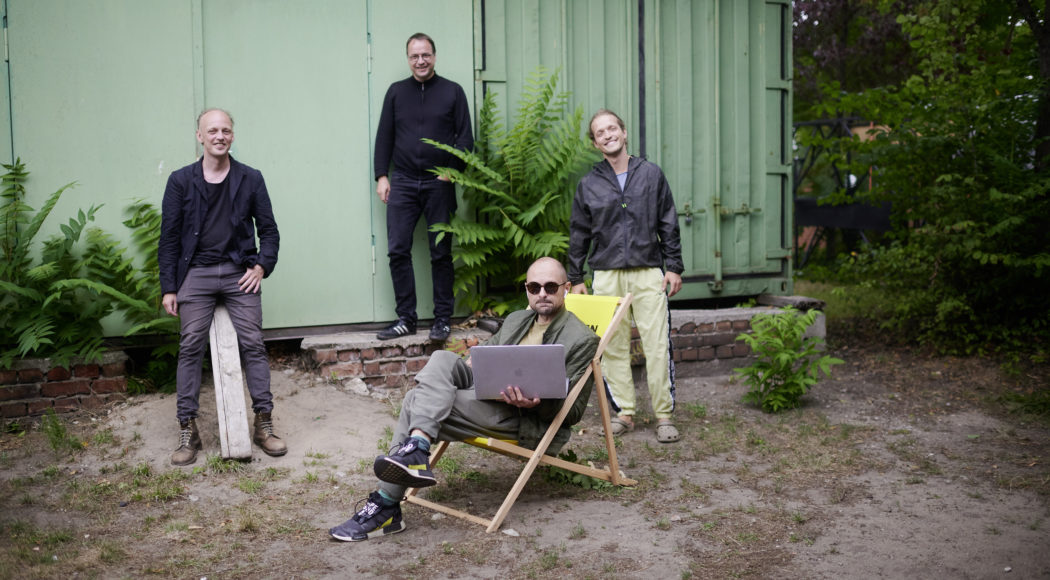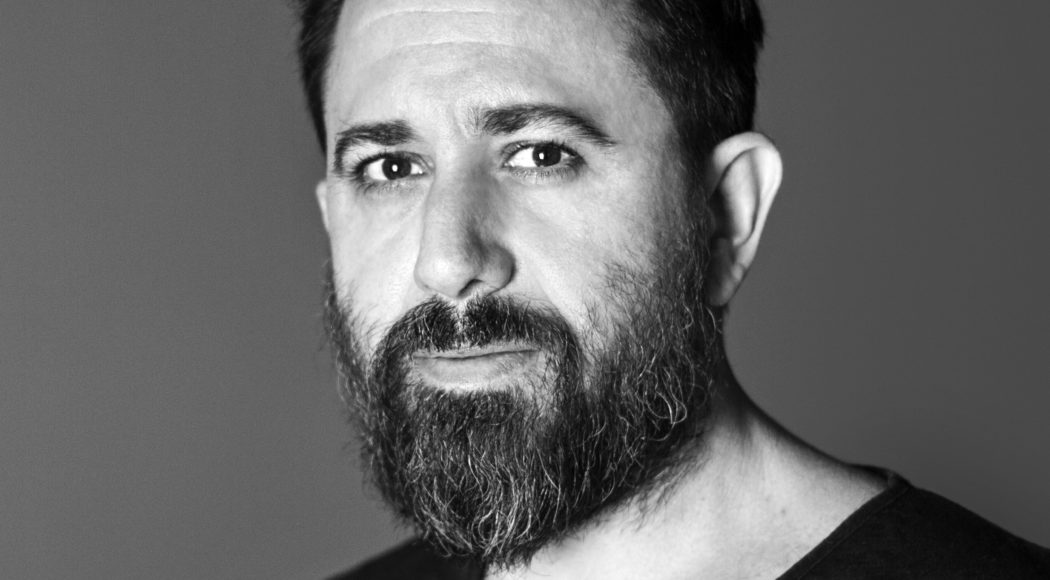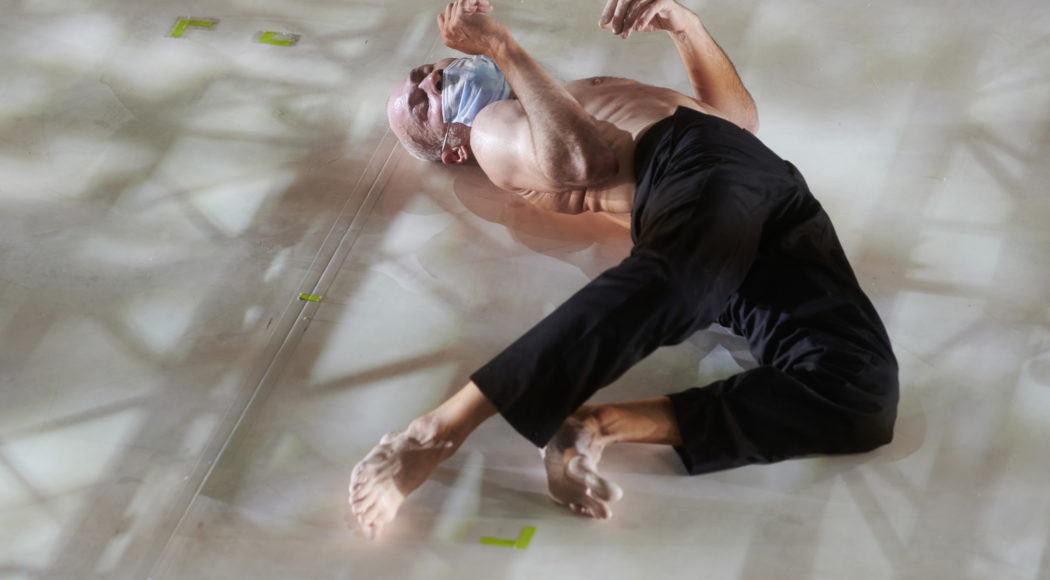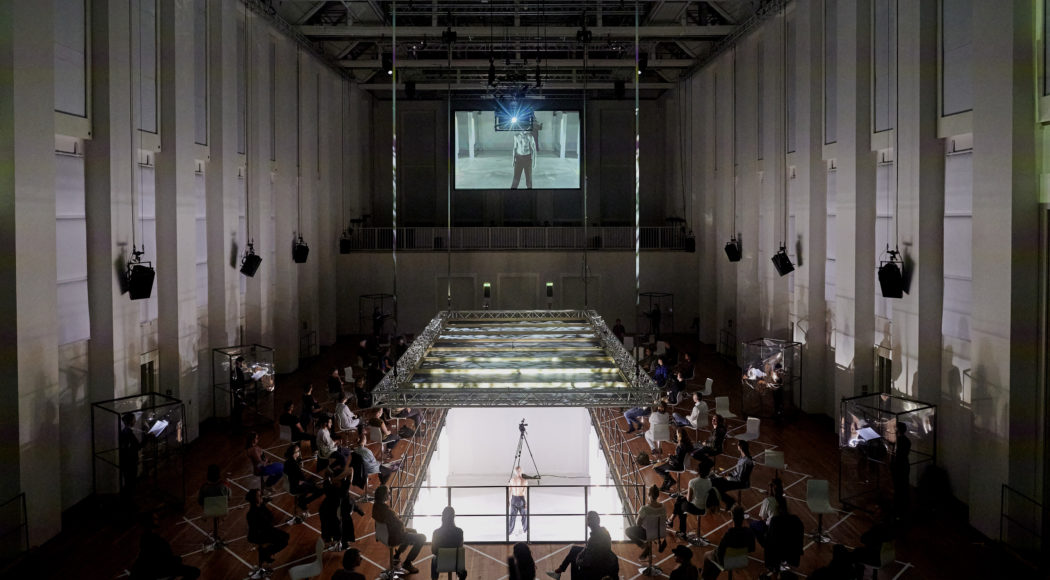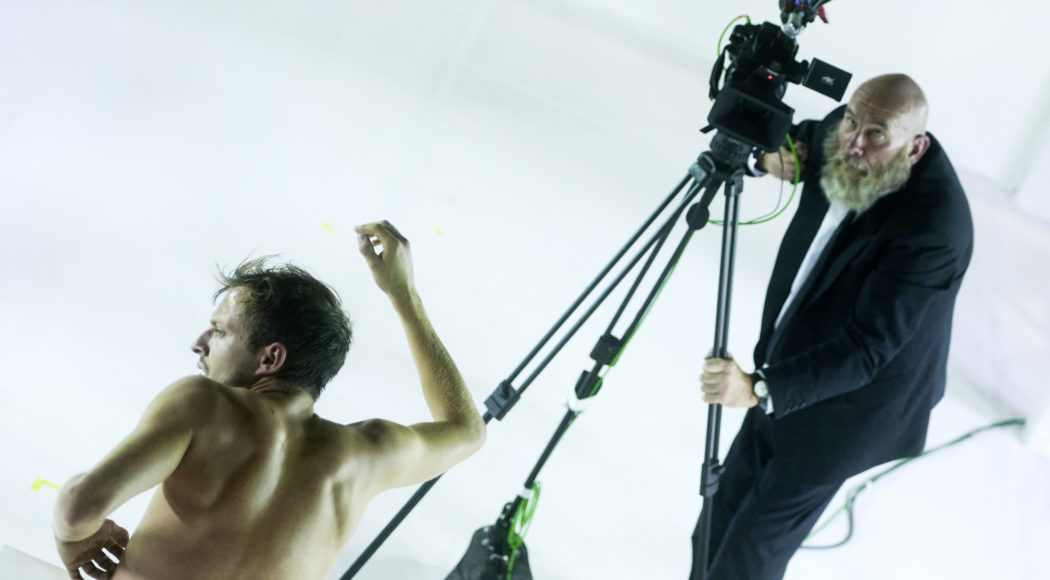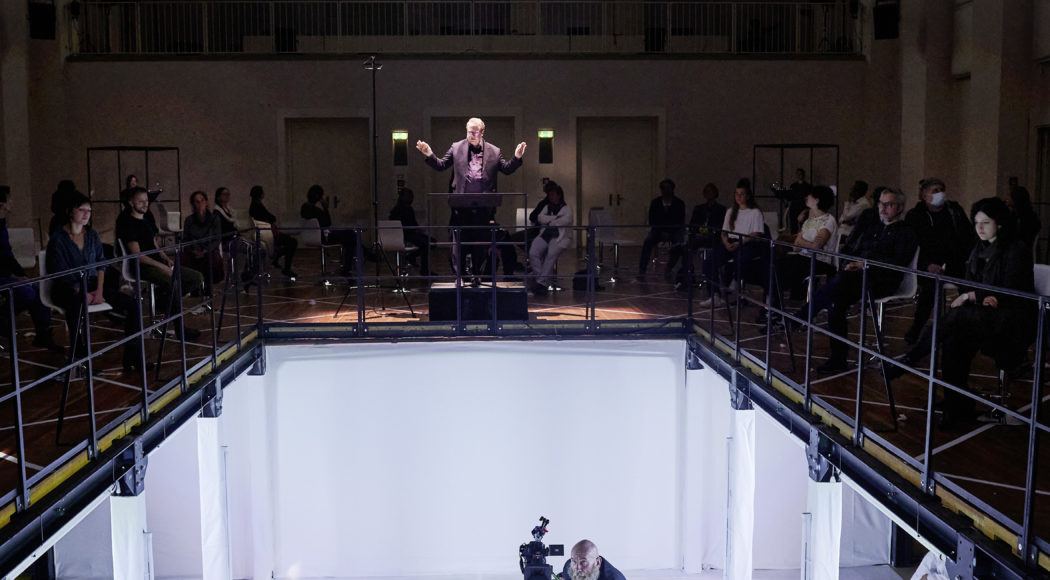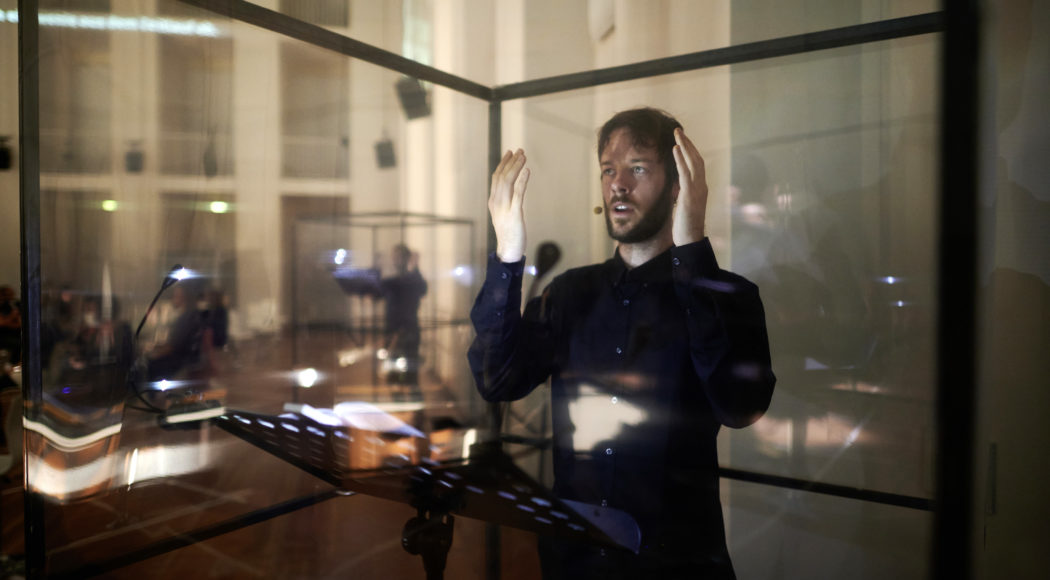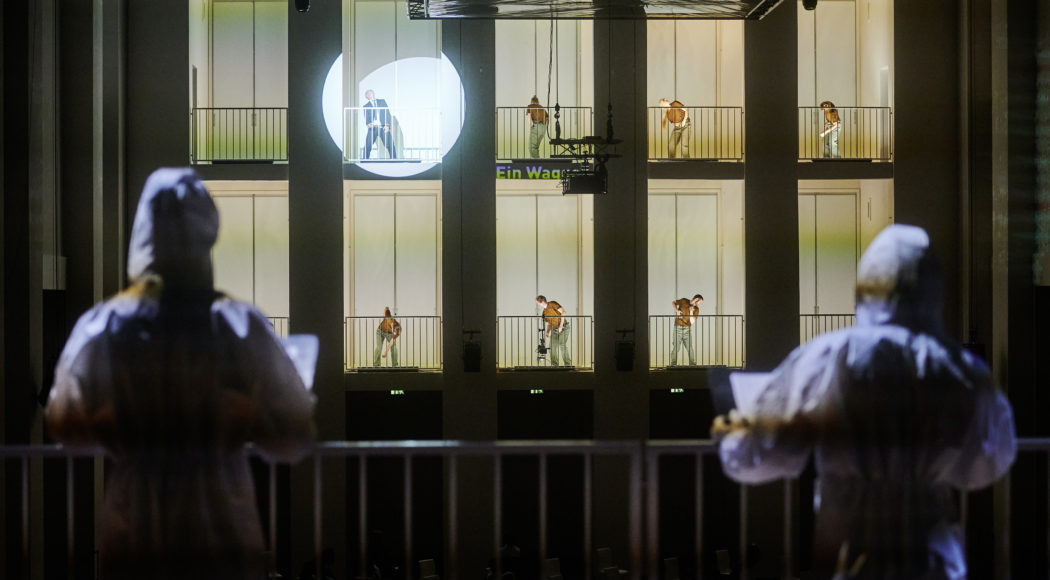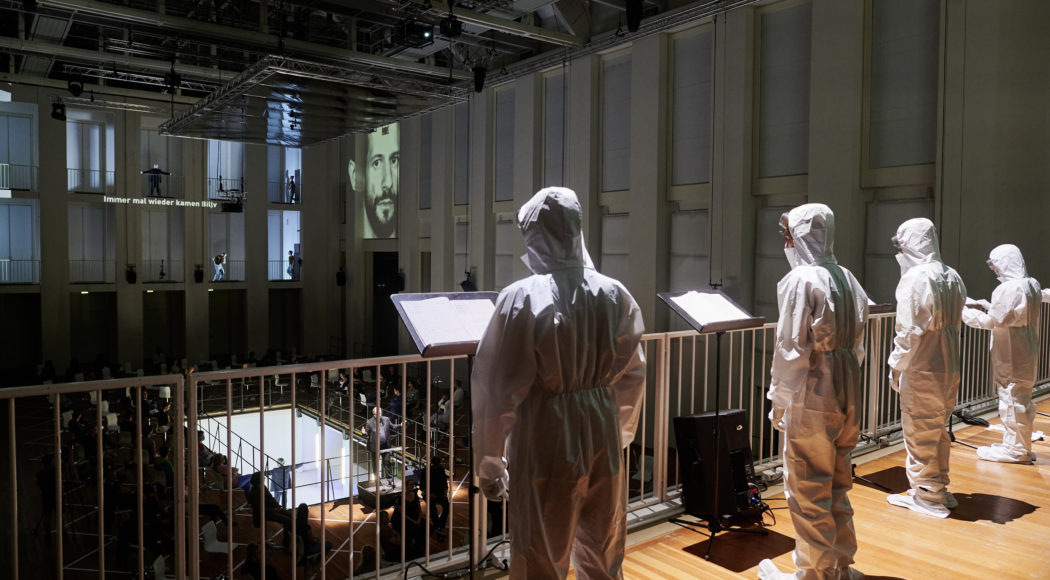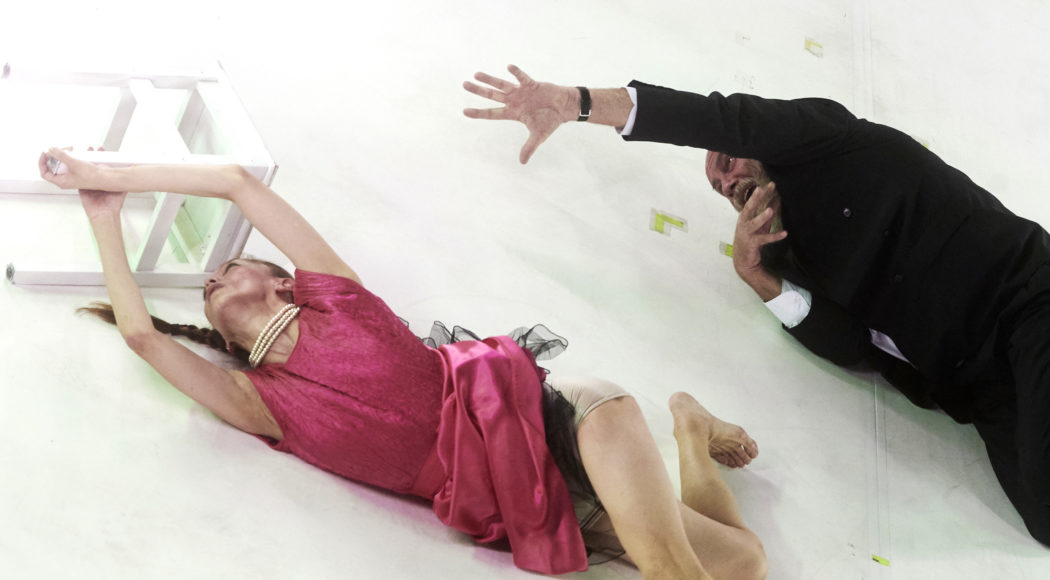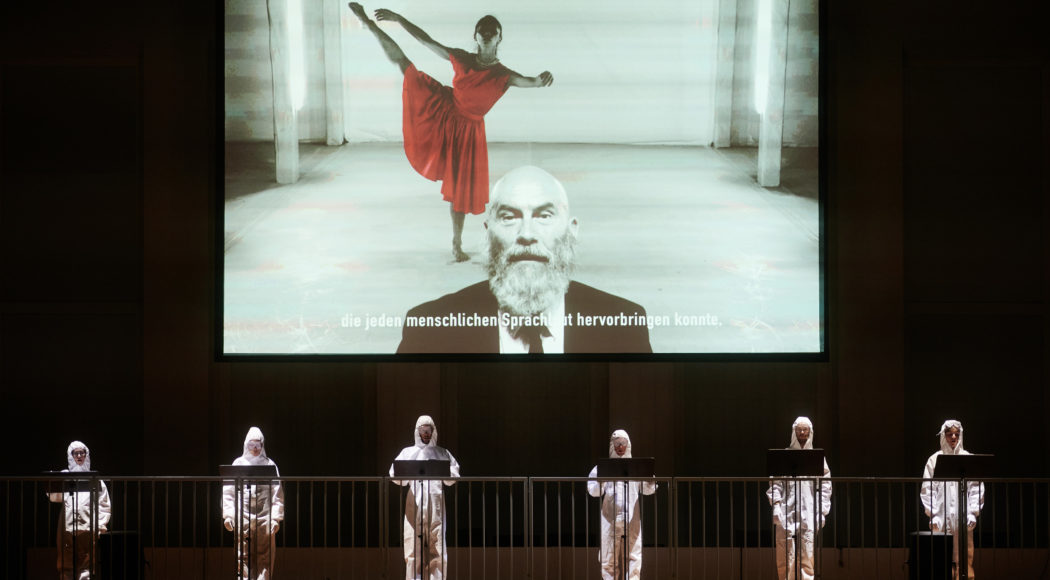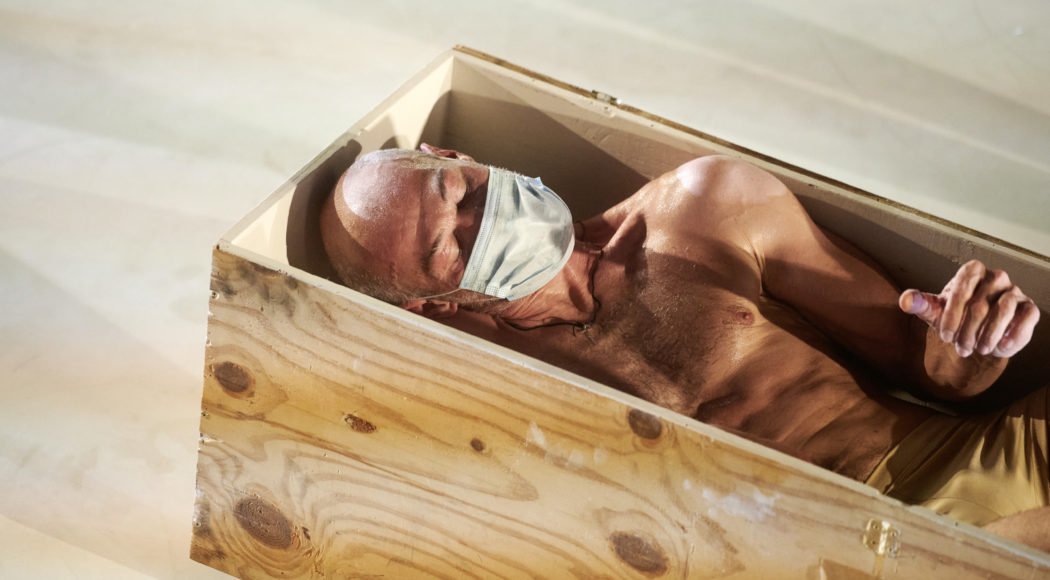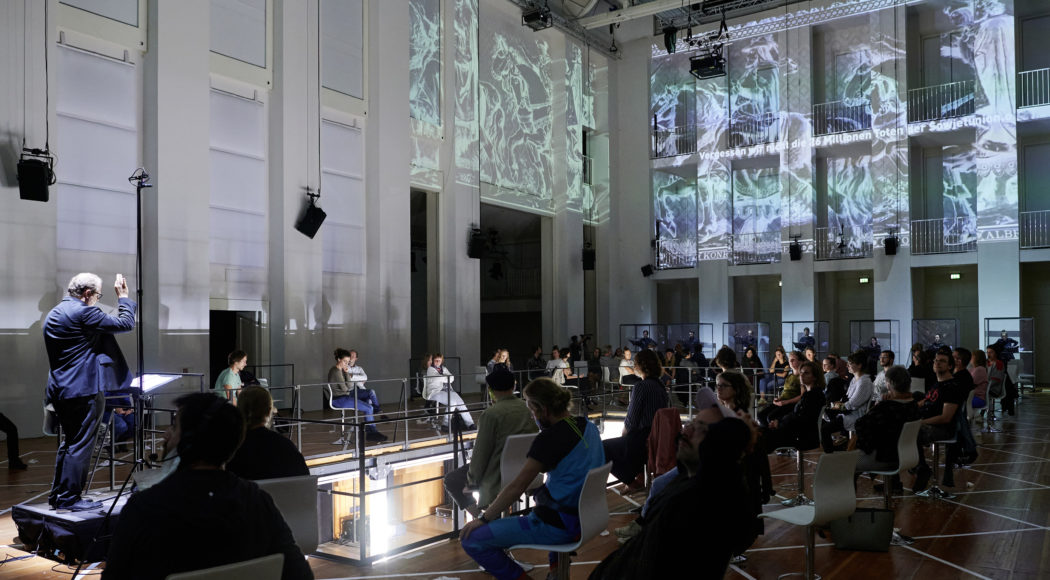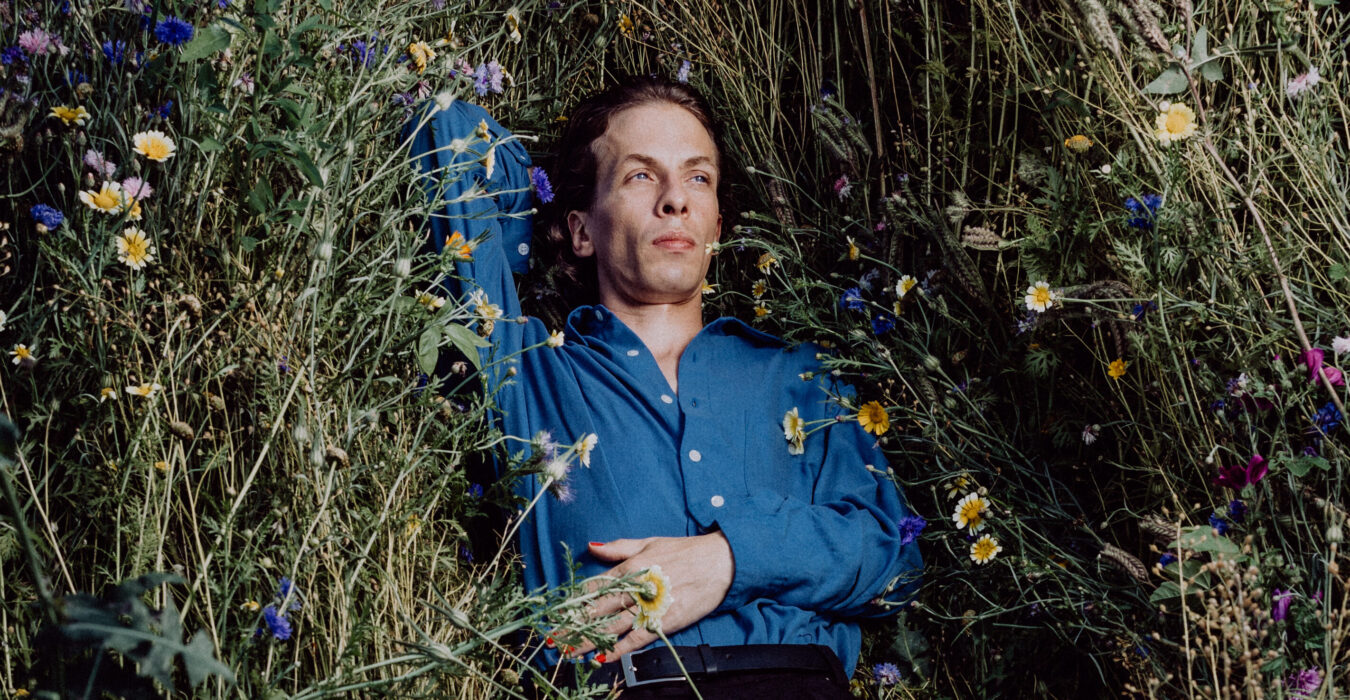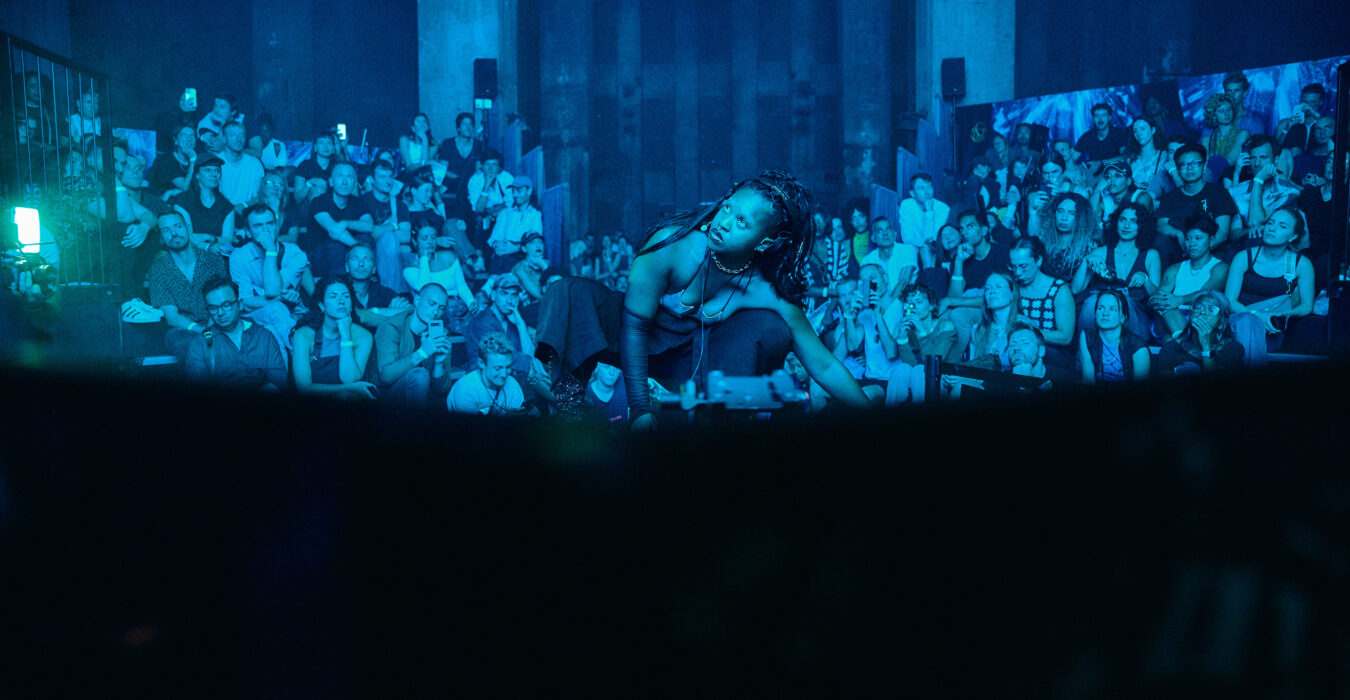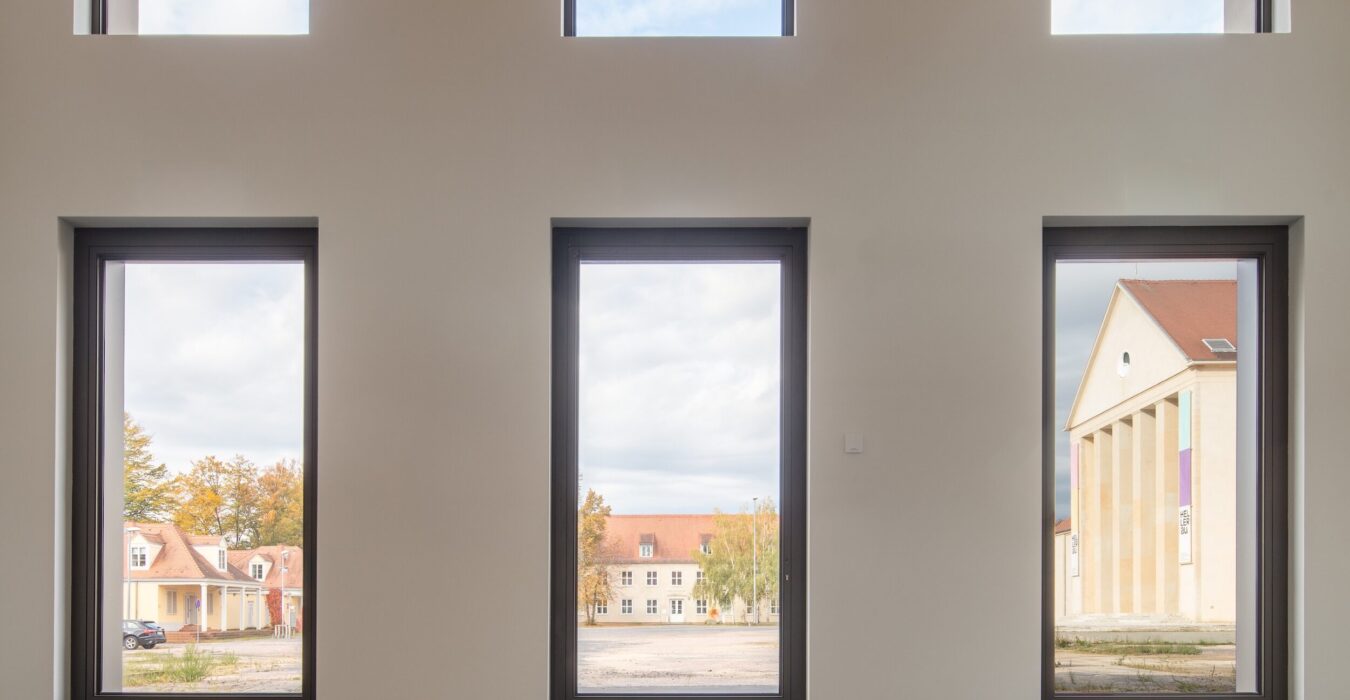Slaughterhouse 5 based on the novel by Kurt Vonnegut
Maxim Didenko, Vladimir Rannev, Johannes Kirsten, AJ Weissbard (RU/US/DE)
Kurt Vonnegut tells about the horror of war and at the same time makes remembrance itself a subject. His novel “Schlachthof 5” is a collage, satire, biography, science fiction and everything at the same time: the novel narrative wanders through different time levels in a fragmentary, excerpt-like manner, allowing personal experience and lessons learned to merge with fiction. Vonnegut was taken prisoner of war as a young American soldier in 1944 and was brought to Dresden. In the cellars of Schlachthof 5 he survives the heavy bombing raids of 13 and 14 February 1945. His novel, published in 1969, becomes a cult book. How do we remember the war? Which experiences become part of our cultural memory? 75 years after the end of the Second World War, the questions raised by “Schlachthof 5” are more topical than ever. Already during the Nazi and GDR times, the events of the night of bombing became the plaything of a varied instrumentalization by various political actors* and camps. And even today the “Dresden myth” is constantly being continued. A broad alliance of civic engagement has formed across various population groups, parties, institutions and civil society organisations to counter the bombing raids by (neo)nationalist and right-wing populist groups.
Against this background, the Russian theatre director Maxim Didenko is designing a new stage version of “Schlachthof 5”, which will premiere in September in HELLERAU – European Centre for the Arts Dresden. Didenko, who has received many awards and is internationally known for his visually powerful choreographic-theatrical stage language, is looking for new possibilities for a contemporary view of Vonnegut’s text, the local commemorative culture and the “Dresden myth” with his production. The production is conceived as a multimedia music theatre project at the interface of theatre, dance, music and performance, with performers, dancers and singers acting on stage. The music by Vladimir Rannev, composed especially for the piece, will be performed live by AuditivVokal Dresden. For the choreographic realisation with a nine-member performers’ ensemble, Didenko works closely with the choreographer Vladimir Varnava. For the spatial realisation of “Schlachthof 5” the artist and lighting designer AJ Weissbard uses the natural light concept from the founding years of the Festspielhaus Hellerau and Oleg Michailov creates the video art.
More information in the HELLERAU magazine:
- Johannes Kirsten, dramaturge and author of the libretto of the musical stage version spoke with the artistic team of the production.
- Trauma with jumps – How “Schlachthof 5” became a musical theater – Johannes Kirsten
Framework program before and after the events (on 27.09. only before the show)
Film at Studio West: Where to put the story?
The German-Danish documentary “Where to go with history?” looks at the urbanistic handling of history and its influence on the political development of a society. To what extent is the shift to the right in Dresden related to the reconstruction after 1990? Did the urban reconstruction work as an attempt to heal strengthen the victim myth in the city and thus pave the way for a movement like Pegida? Through interviews with protagonists from urban planning and politics, the film pursues this thesis. It does not primarily aim to judge, but rather to show new views and perspectives on how the urban planning dilemma and the hardened positions associated with it could be resolved.


